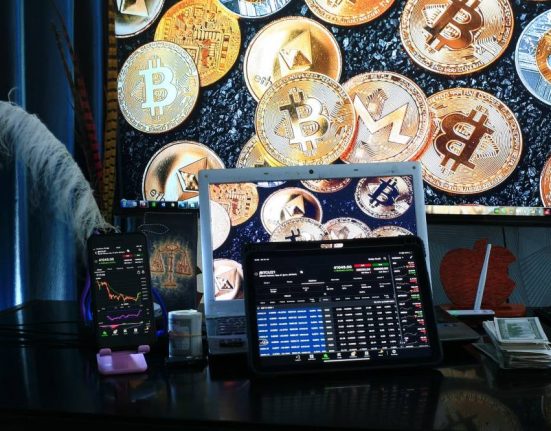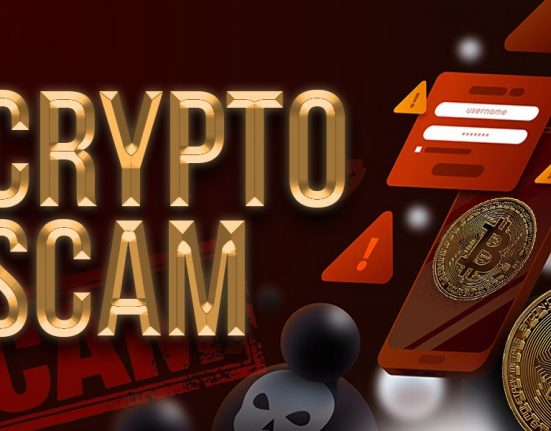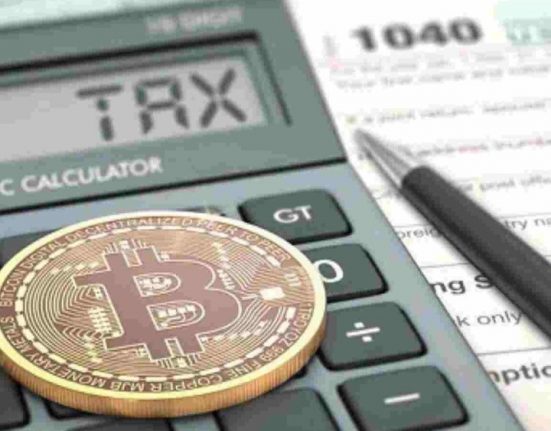Since November 2021, the financial market in general, and the cryptocurrency market, in particular, have been experiencing an unprecedented crisis.
As a result, several cryptocurrencies have collapsed. The most spectacular fall is undoubtedly that of LUNC or LUNA, with colossal losses suffered by both entities and individuals. However, the sector continues to attract investors looking for additional sources of income. But before you consider jumping in or continuing to speculate on cryptocurrencies, it’s important to understand the ins and outs of this stablecoin crash as well as the more promising alternatives.
History of LUNA’s fall
Even though crypto stocks are known to be highly volatile, it’s fair to say that investors were surprised to see LUNC’s price drop more than 99% in less than a week. As implausible as it may seem, this situation is still justifiable in more ways than one.
An interdependence with UST
The LUNC Token (Luna Classic) is linked to UST. Indeed, both cryptocurrencies are issued by Terraform Labs, founded by Do Kwon. Thus, the creation of one of these currencies is based on the other. This also implies that their values are interdependent.
The sudden fall of the UST
As mentioned above, blockchain is heavily affected by the financial and economic crisis. Terra is not spared, however, as initially, the price of the UST token dropped to 0.65 dollars. A situation that immediately triggered panic in the community. This was reflected in the increase in sales of this currency.
The corollaries of the UST’s decline
In order for investors to be able to buy all the UST available, Terra had to convert dollars into LUNA. However, this was not enough to cover the entire supply. As a result, the price of LUNK also suffered a drastic decline. It is worth mentioning that this LUNA crash even cost Do Kwon police interrogations. In the end, the promised refund never came. In fact, there was a momentary suspension of this blockchain before the restart of the activities.
The continuing collapse of LUNC
It is clear that this currency is still struggling to recover despite the revival of the LUNC terra classic. This is due to strong suspicions of market manipulation by LUNA’s competitors, who stand to gain from the collapse of this stablecoin currency. For the moment, it is difficult to confirm this hypothesis. But it must be said that during the recovery, this currency no longer aroused the same enthusiasm among investors as before. Nevertheless, some investors are still staking their money on Terra’s crypto assets. If you’re new to the industry, you’ll want to know more about this mechanism.
UST staking and algorithmic stablecoins
Before explaining staking and its benefits, it is worth mentioning that UST is one of the tokens that are compatible with such activity. This currency is classified as an algorithmic stablecoin. It is therefore important to clarify all these concepts for a better understanding.
What is an algorithmic stablecoin?
From the outset, cryptocurrency promoters have thought long and hard about how to reassure detractors that digital currencies are too volatile. They then decided on the creation of safer assets. In this context, they thought of the creation of stable coins. As the name suggests, these tokens offer more guarantees of stability than other cyber currencies. They have been indexed to traditional financial market assets such as the dollar to make it so. As such, their value basically follows the value of the currency to which they have been endorsed.
There are 3 types of stablecoins on the market, including the so-called algorithmic ones. These work in a particular way. Indeed, unlike other stablecoins, these are regulated by programming, better known as algorithms. Their role is essentially to expand or contract the supply according to the state of the market. More concretely, the algorithms are in charge of putting even more currencies in circulation when their value is rising and burning them when the price is falling.
Staking to earn passive income
Even though cryptocurrencies are developed by blockchain protocol structures, individuals are the biggest holders of them. However, platforms need them to pay currency sellers. With this in mind, they have instituted staking. You can also engage in this activity with the Token UST.
It consists of storing active crypto in one’s digital wallet during a given period. This immobilized reserve does not have to be the object of the transaction until the set deadline. During this time, the tokens are used to buy other currencies. In return, the staker is rewarded with interest that varies according to the amount of UST he has made available.
The success of staking is justified by the almost certain profit made by the user. The success of staking is justified by the almost certain profit made by the user, especially since the latter is guaranteed to increase his capital, whatever the evolution of the market. The other advantage of this mechanism is that you can consider it with a small capital. Therefore, all investor profiles can make the option.
Should you still bet on LUNA and LUNC?
LUNC and the aforementioned tokens are still feeling the effects of the financial crisis, to the point where investors are questioning the relevance of betting on these currencies. According to analysts, it’s too early to say what the future holds for these cryptocurrencies. Nevertheless, caution is needed more than ever to avoid huge capital losses. Experienced traders can therefore continue to speculate on LUNA, UST, and other stablecoins.
On the other hand, if in doubt, it makes more sense to trade other, safer currencies, even if you only hold the ones mentioned above. This is possible via another well-known mechanism in the crypto industry.
Opting for the “over-collateralized” to reap profits
The market collapse forces the search for alternative solutions in order to continue profiting from cryptos. Exchange platforms are making it easier for traders to do just that by offering new services. In this case, the “over-collateralized” is proving to be a successful strategy for the most experienced investors.
This system, whose name literally means “crossed collateral”, is a concept borrowed from the corporate world. Originally, companies used it to obtain loans. In their case, the collateral offered by the borrower can be a good or a service whose value is greater than the amount requested.





